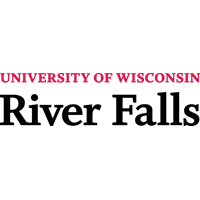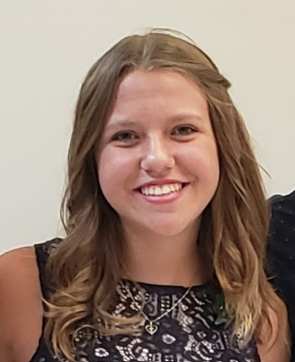Below is a summary of the abstract you submitted. Presenting author(s) is shown in bold.
If any changes need to be made, you can modify the abstract or change the authors.
You can also download a .docx version of this abstract.
If there are any problems, please email Dan at dar78@pitt.edu and he'll take care of them!
This abstract was last modified on April 1, 2022 at 5:22 p.m..

Phages isolated on Arthrobacter globiformis include several clusters predicted to have temperate lifestyles. Phages in some of these clusters - AY, FA, FB, FF, and singletons TripleJ and Maja, share 10-30% gene content similarity. Shared genes include those encoding structural proteins, lysogeny and immunity functions, and DNA replication and modification. One of the phages we isolated on Arthrobacter globiformis, Zucker, was initially unclustered since it did not share at least 50% nucleotide similarity or 35% gene content similarity with phages in any cluster. However, one of the phage we identified in our DOGEMS mix, Bauer, shares 88% average nucleotide identity with Zucker and they formed a new cluster, FN. The left half of Bauer and Zucker are nearly identical, but the right half is more variable. The right arms of these genomes shares susbtantial gene content with cluster AY phages, but the genes in the left arm are more similar to cluster FA, FB, and FF phages. Blastn analysis with Bauer revealed a potential hot spot for recombination in the center portion of the genomes in these clusters. We are attempting to isolate stable lysogens from these phages and conducting immunity testing to determine whether the lysogens are immune to the phages in these other clusters, as well as to investigate the mechanisms of lysogeny and immunity.


